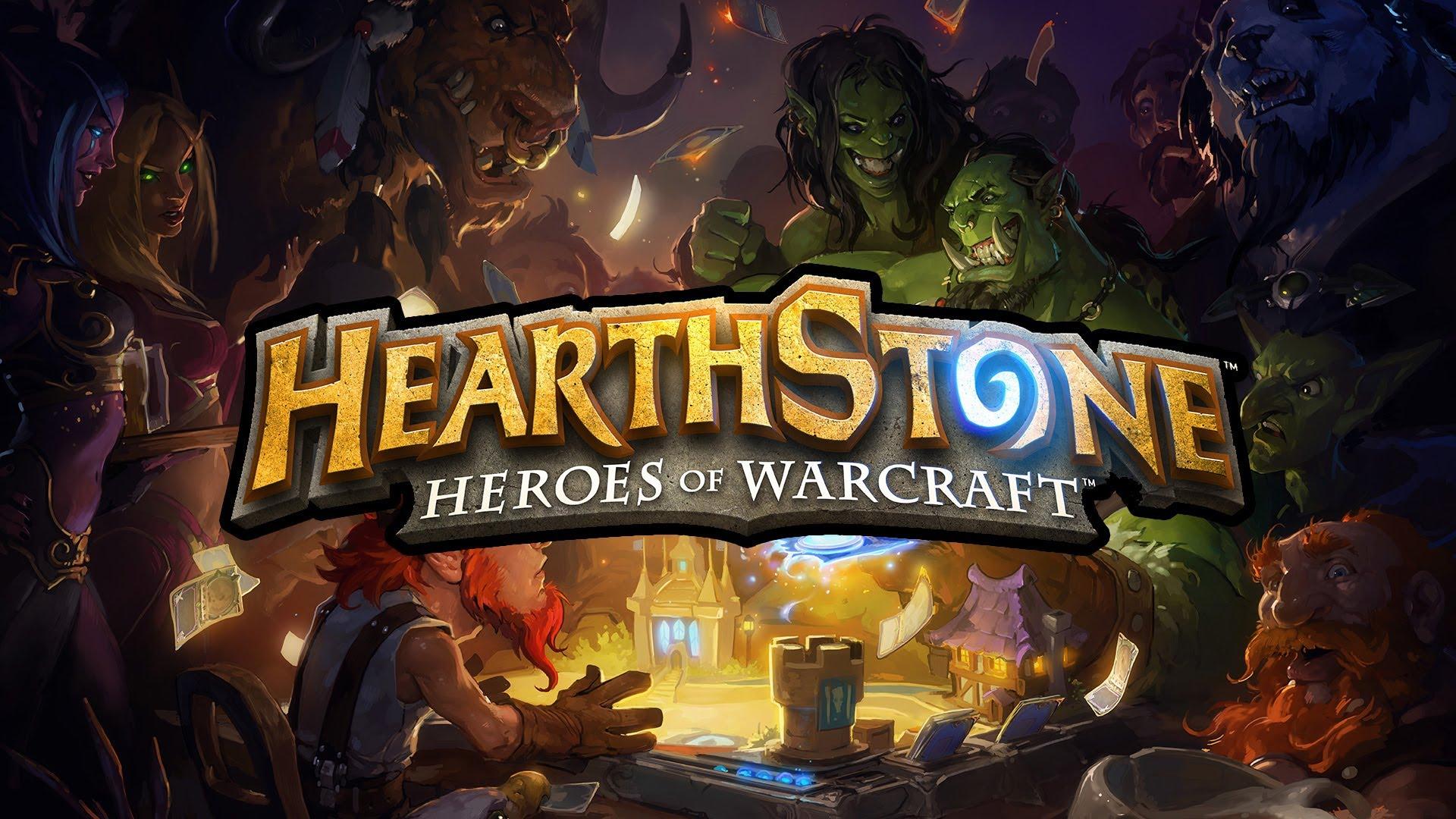
Cards have existed for hundreds of years in multiple forms, whether being used for gambling, entertainment or even fortune-telling. Throughout their history, cards have been incredibly important across many cultures. Nowadays, cards have become collectible and tradeable, with famous athletes or monsters and spells replacing suits and numbers. Recently, card games have exploded in popularity within the video game medium. Today we will be looking at how, and why, this has happened, as well as some promising new card games.
Originally, the majority of video game card games available were based on gambling games like poker and blackjack. Looking at examples like Vegas Stakes, released on the SNES in 1993, we get a broad picture of the genre. There was a focus on transferring the feeling of Vegas to a games console, with options to play Blackjack and Poker as well as Craps, Roulette and Slot Machines. Card games did not start as their own genre of video games, but it was an entry point nonetheless.
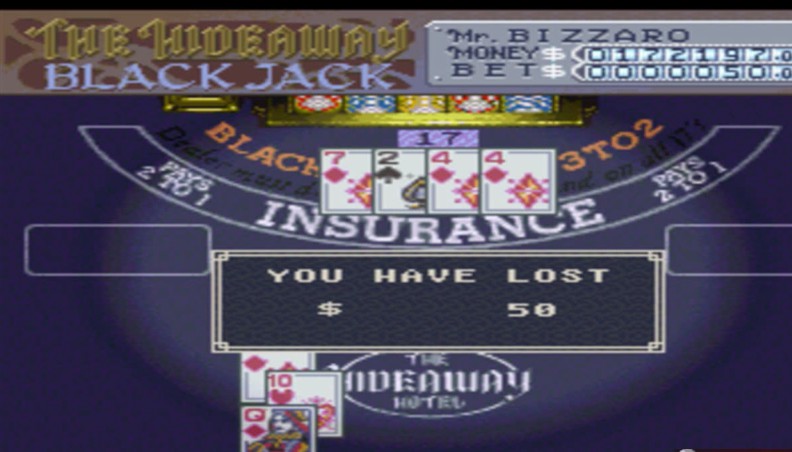
There were other games that had integrated cards into them, such as Dragon Ball: Daimaō Fukkatsu, released in Japan in 1988 for the NES. It used randomly generated hands of cards to fight battles between Dragon Ball characters, but this was primarily a board game that used cards to replace combat mechanics and not in a card game genre of its own.
The next generation of card games came in the form of simulations of Collectible Card Games (CCGs). Games like Pokemon, Magic The Gathering and Yu-Gi-Oh were very popular, and the video games offered cheaper, more accessible opportunities to play these games. With the video game, you didn’t need friends or good cards or hundreds of tiny card packs, so it was a welcome substitute to the actual CCG. At this point, however, the video game was still just a by-product of another medium.
There were many ports of other CCGs to consoles, as well as card-based spin-offs of other games. Wizards of the Coast (Magic) and Konami (Yu-Gi-Oh) would both go on to produce games across many console generations. Card games were evolving with the video game format, hence the advent of deck-building board games, but something happened that made the genre explode in popularity online.
Hearthstone entered its open beta in January 2014 and it has been extraordinarily popular ever since. It has evolved from a World of Warcraft spin-off into an entity that functions independently- with unique aspects of lore, a dedicated community and a huge eSports scene. Many others are trying to replicate Hearthstone’s success and, in general, the interest in card games has been well and truly sparked. Some projects have crashed and burned, like Runescape Chronicle, but the current climate has made it very interesting to be a card game aficionado. Whether you are looking for something new, something classic or more of the same, there is a digital card game out there for you.
Gwent
Gwent started life as a mini-game in CD Projekt Red’s Witcher 3. It was a simple card game that was used in some quests and as a side activity. Fans of the game enjoyed it so much that CD Projekt Red started work on a free-to-play Gwent standalone title, following Hearthstone’s model. What resulted from this was a game that diverges heavily from its predecessors to create a new strategic experience. Gwent is growing by the day and is already the 2nd biggest card game eSport.
In order to win a game of Gwent, you have to win 2 rounds by having stronger monsters than your opponent. There is no mana and creatures of any size can be played at any time. The twist is that you are limited by the small amount of card draw in the game. Card advantage is very important and it is common to sacrifice a round to have a higher chance to win the next two. There are three different lanes of monsters and card interactions often require the synergistic cards to be in the same lanes. However, if you put all of your creatures in the same lane, they are vulnerable to Hazards and other enemy cards.
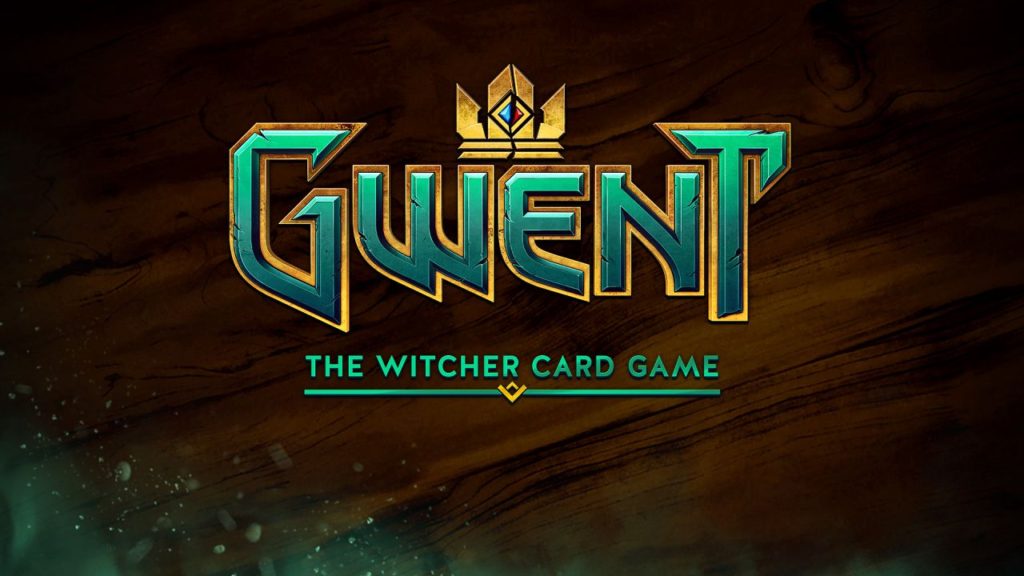
The game is deep enough for any fan of the genre to appreciate and there is a draft ‘Arena’ mode similar to Hearthstone. One interesting feature is that when you open a card keg (pack to the rest of us), you choose between 3 options for your guaranteed non-common card. If you like Hearthstone and want a change of pace, Gwent will scratch that competitive card game itch.
Slay the Spire
Slay the Spire is a single-player roguelike game based on deck building. You start with basic strikes and abilities and add new, more advanced cards as you defeat more enemies and climb the Spire. You are constantly changing your strategy as you earn new cards, potions and passive items called relics. There is a wide variety of enemies, and you can choose which path of encounters you would like to take. Some enemies are basic and simple, but others are immune to certain attacks and can sabotage you with persistent status effects. The enemy diversity keeps the game interesting but you can be pushed into a corner if you specialise too heavily into one strategy.
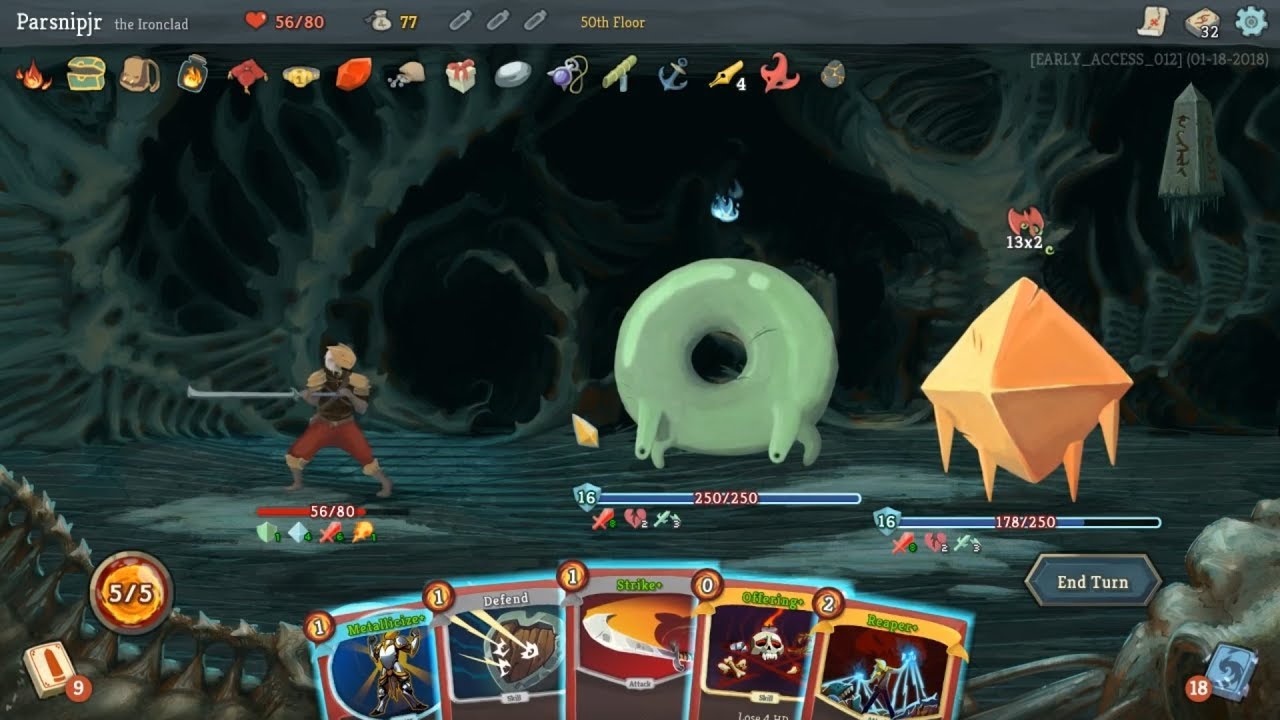
The game currently has 3 different playable characters, each with their own distinct cards, abilities and strategies. The card combat system is deep and strategic, and harder enemies, like the optional elites and the bosses at the end of levels, require a cohesive strategy and thoughtful preparation. There are non-combat encounters where you can heal your character, buy and sell and improve your cards and find treasure.
If you enjoy deck-building board games like Ascension, or the single-player modes in Hearthstone or Gwent, this is the game for you. One of the title’s biggest selling points is its replayability; the 3 characters share a combat system but play completely differently from each other. You are encouraged to do better and better every time by an end-of-run score and it can quickly become addictive. Slay the Spire is available on Steam here in early access.
Magic the Gathering Arena
Wizards of the Coast are currently developing their newest online platform to play Magic the Gathering. Currently in closed Beta, Magic the Gathering Arena is tipped to take over the Magic scene due to its free-to-play nature. You will be able to play Magic against other players in the Constructed mode, using cards from your online collection, with daily quests that award you Gold. If you like, you can pretend your opponent is saying ‘sure’ every time you play a card, for the full Magic experience.
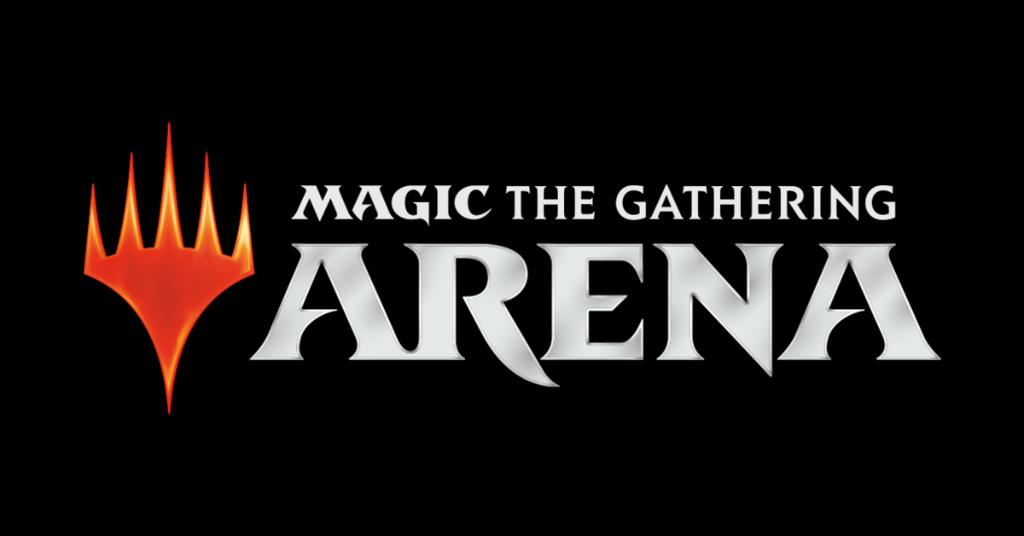
An exciting feature of MTG Arena is the weekly draft event. Magic drafts using actual cards often cost a lot of money, but in Arena, you can do it online for a 1500 gold entrance fee. A draft involves opening lots of packs with 7 other players, each taking 1 card at time until you each have a deck of 42. AI opponents draft with you and then you pit your deck against other players who drafted in the same event. You play until you either win 7 times or lose 3 times, each win granting better rewards, and you keep all the cards you drafted afterwards.
This ‘Arena’ mode is available with Constructed decks too. This is always available, not just on the weekends, and has a lower entrance fee and worse rewards.
If you ever wanted to try out Magic, or get back into it after a long time, this will be the game for you. The Closed Beta is accepting new players every day. Click here to apply
Card games have been part of human society for centuries and we are still coming up with new ways to play. As with all forms of entertainment, they have changed massively over the years but they continue to draw us in. In the world of video games, cards are on the way to becoming a mainstay genre, in both casual and competitive play, and it is very exciting. Maybe after the hype for Battle Royale games dies down, we will all be playing a Gwent spin-off. Valve recently announced their new card game Artifact, so if you want to be the next Ninja or Shroud, maybe it’s time to get out your card protectors and deck wallets.




